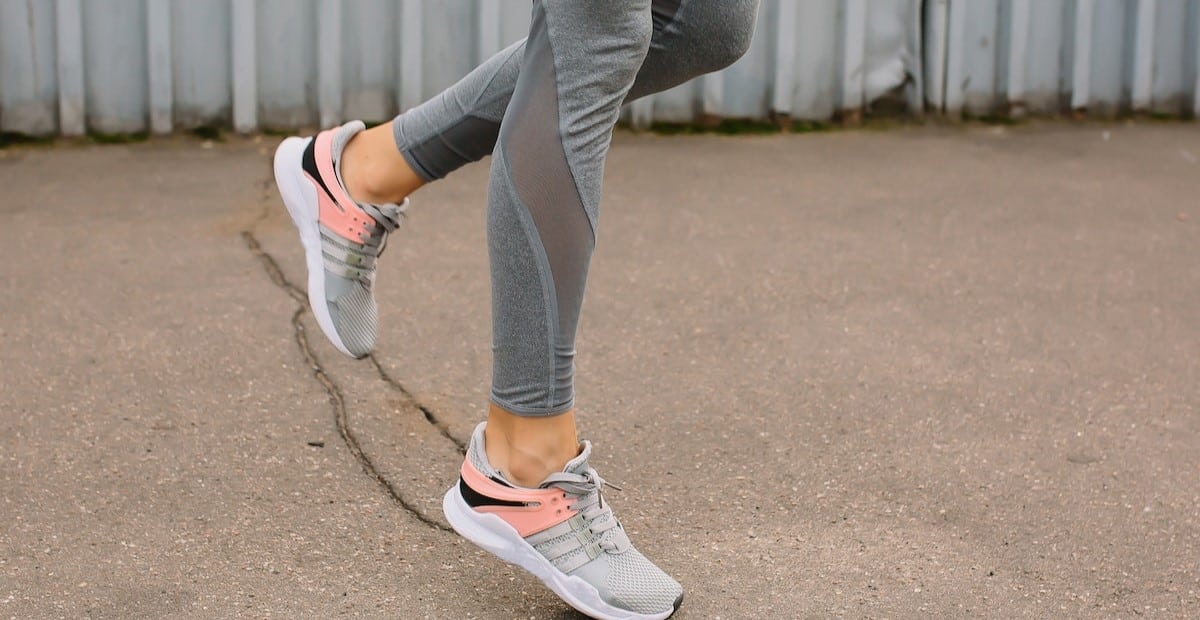
Contents
New running shoes could be the wrong shoes unless you break them in properly
No, we’re not talking about your local PTs, we want to find the best way to make those new trainers feel like comfortable tools. New shoes, just like anything new, are really nice and shiny. They could come with any price tag and still be the best choice for you. But, as you go to try on your newly bought equipment, opening up the box and slipping your new shoes on, you may find a little bit more discomfort than you remember in the shop.
Despite the sales assistant guaranteeing quality, weaving their one-liners like they’re tying their shoes for the first time, there may be a few steps to further the quality needed. To ensure your shoes fit properly, ensure they carry you to the finish line in comfort, and regard them as reliable, you need to begin your break-in period.
So, let’s check out what that method may entail so your running method can play out with no wider hurdles.
Let’s do it.
Break shoes in: Technique 1
Walking.
Walking in them is a great way for your foot shape to mould the shoe around it. Now, this is alight but adding flexibility to the material that houses your foot is a great way to reduce friction or discomfort when running.
Leather shoes can be harder for this, but you’ll notice that your old shoes probably have a crease at the mid-point of the top – this is a good thing for flexibility, so try to remember that that’s the main point for a new pair of shoes.
After a few weeks, they should be knocked in. Why not walk around in your running shoes casually?
Pay attention to these signs –
- The toe box isn’t high or wide enough – you should have some space left to wiggle your toes
- You cannot take them off without untying the shoelaces completely
- They don’t bend or crease along your feet’s flexing points – To ensure that they do, bend your foot while wearing the shoe
- Your toes begin feeling numb after walking for a short while
Technique 2:
Short run.
What’s better than walking? Try going for a short run to better your chances. In order to break in new shoes properly, you want to simulate the movement and rate that the foot and shoe will interact through (at least near to).
- The top of your foot feels numb. This is usually because the shoes are too tight, inhibiting blood circulation in your feet.
- Your toes and soles feel like they are burning. This may be because the shoes’ soles are too stiff.
- You feel a throbbing pain in your knees.
- You feel strong, deep pain in your feet, that doesn’t subside even after running for a few miles
- Sore spots where the shoes have put pressure on your feet


Conclusion
Sore feet are a killer; you couldn’t sail a boat properly with holes in the sails, and running is no different (apart from the sail part, obviously). Some brands running specialty stores will have shoes that make all of this easier, so watch out for those.
FAQs
When should I get new running shoes?
When the old ones begin to feel uncomfortable, even slightly. Even trainers with thick soles need replacing at some point.